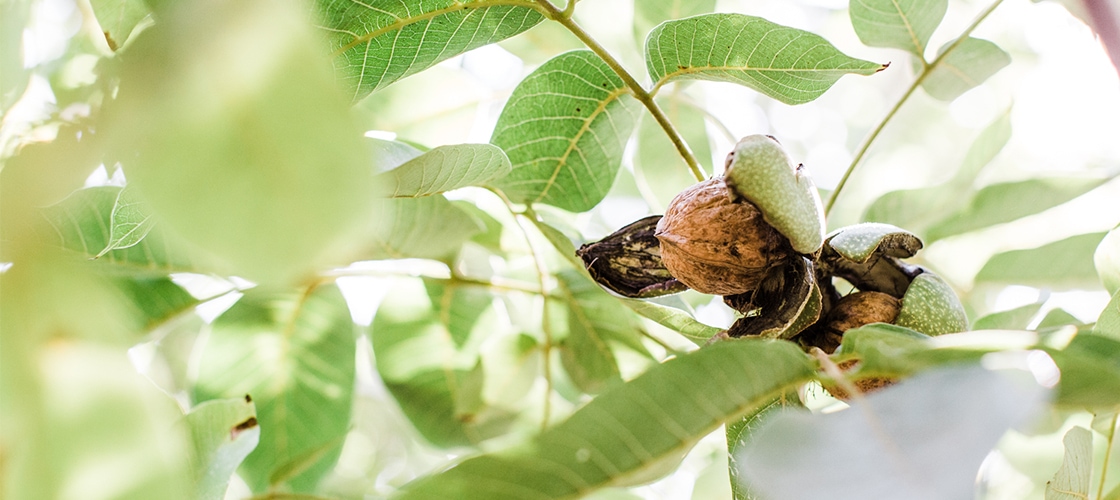In the recent few weeks, there has been some good news for walnut farmers as far as water is concerned. First, President Trump signed the America’s Water Infrastructure Act, a comprehensive legislation aimed at, among other things, diverting more water to Central Valley farmers. This bill should speed up the process of environmental review and approval process for future water infrastructure construction.
The bill also instructs the Interior and Commerce Departments to look into ways to speed up water infrastructure projects that could include desalination projects and water recycling while avoiding negative impacts on any endangered or threatened species.
While the Water Bill is sweeping in nature and affects several states, here are some key provisions that will specifically affect California,
- $ 558 million in long-term funding authorizations to help California develop new water infrastructure, such as storage, desalination and recycling projects
- Short-term improvements to the operations of the Delta pumping plants, ensuring the system is operated more efficiency using science, not intuition
- Support local irrigation districts and water agencies in their efforts to raise spillway gates, build new water-storage facilities, and repair and expand dams, reservoirs and other water projects
- Improve flood protection for San Joaquin Valley residents and extend funding for a program to restore the seismic stability and eventual expansion of San Luis Reservoir
- Language is consistent with environmental laws, including the Endangered Species Act and biological opinions
The other water related news came from California Walnut Board funded project at UC Davis. In preliminary studies, they found out that delaying the first irrigation of the season led to comparable crop yields and healthier trees compared to starting irrigation earlier. Translation: with careful monitoring of tree water status, walnut trees can tolerate – and even benefit from – a sizeable delay on the in the start of the irrigation season without negative impacts on yield or tree health.
The significance of this is huge, as reducing applied water delivers economic savings as well as positive environmental benefits. In the past, growers typically started irrigation in late April or May with a view towards preserving soil moisture stored from winter rains for use later in the season when water demand is high. But this research, carried out in a Tehama county orchard over 5 years, found that allowing the trees (and the soil) to dry somewhat before starting irrigation, actually resulted in less tree stress later in the season. This may be evidence that starting irrigation too early in the spring has a negative effect on root health, particularly deep roots. Conversely, drier spring soil conditions appear to provide for better root aeration and health, allowing trees to better extract deep moisture and avoid stress later in the season. A second phase of this project will be soon underway in Modesto area which has more clay in the soil to ascertain if similar results can be obtained in differing soil types. As more data becomes available, we will continue to share the results with the industry.

